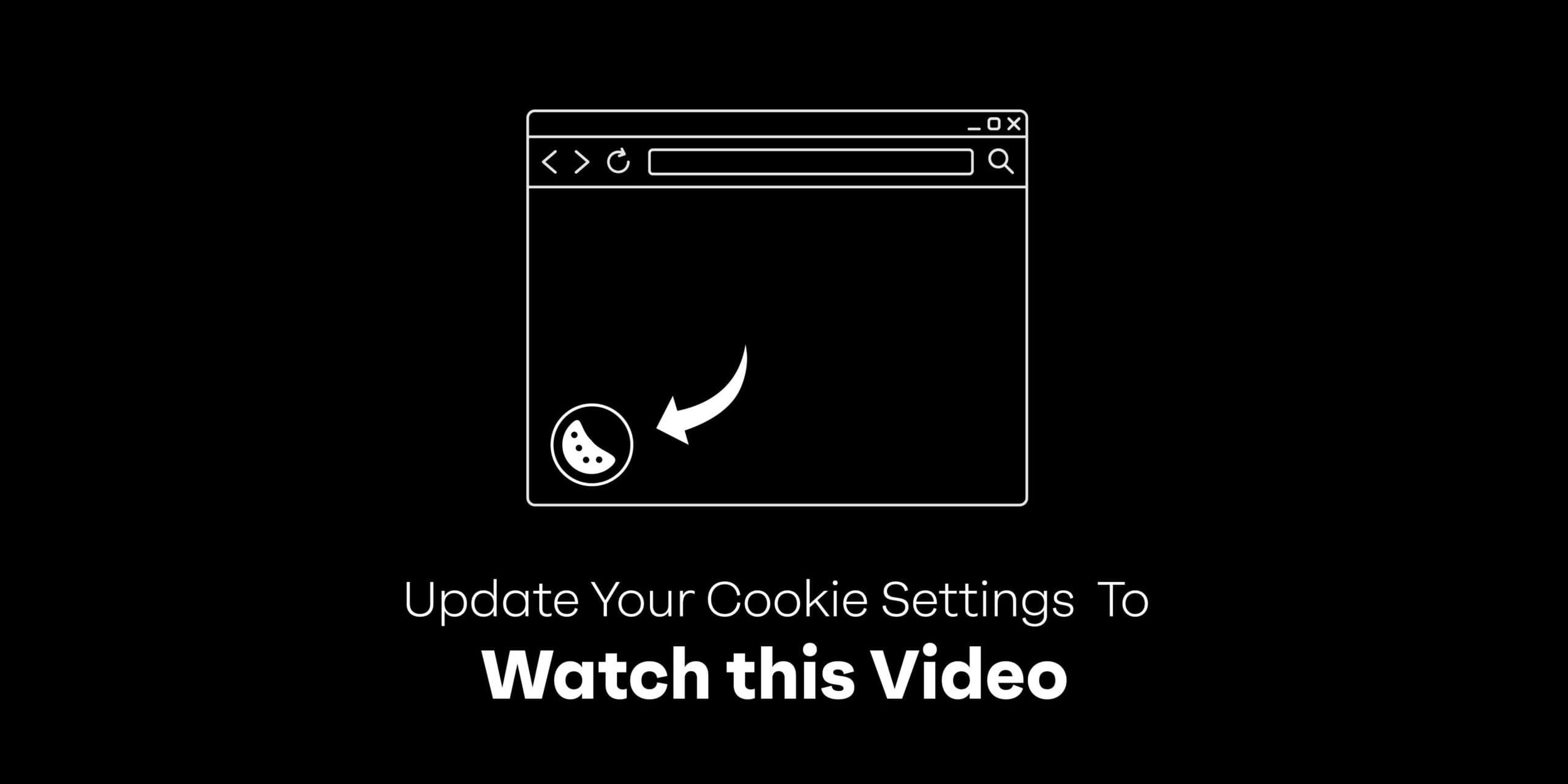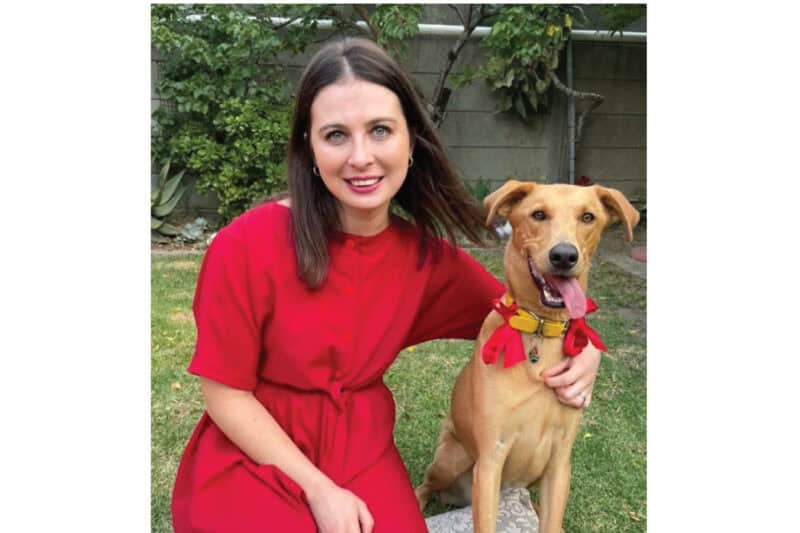This episode “The Role of AAFCO in the Pet Nutrition Industry” is recorded at the 2025 PetFood Forum event in Kansas City, Missouri.
Episode 156: The Role of AAFCO in the Pet Nutrition Industry
Timestamps:
Austin begins with an overview of the Association of American Feed Control Officials (AAFCO). Memberships consist of all government officials in the US and other countries who are charged by law to regulate animal feed, including pet food, in their jurisdictions. Canada, Costa Rica, and the US all participate in AAFCO, which plays a crucial role in the pet nutrition industry through its regulatory efforts. In the US, animal feed regulation is an integrated food safety system. This system involves a partnership between state and federal regulators and the FDA. AAFCO’s ultimate goal is to harmonize animal feed regulation across all states. They aim to provide a level playing field for the industry. (8:14)
He goes on to explain that AAFCO and FDA’s Center for Veterinary Medicine had a long-standing MOU in place. This MOU outlined an ingredient approval pathway that ended on October 1, 2024. FDA chose not to renew it. They wanted to focus on improving other regulatory pathways, including the Food Additive Petition Process and the Generally Regarded as Safe (GRAS) Notice Program. In the realm of pet nutrition, the FDA also has a new Animal Food Ingredient Consultation Process for ingredient approval. AAFCO has partnered with Kansas State University’s Olathe Innovation Campus. This partnership is to scientifically review new ingredients, then bring them back through the AAFCO process to get formal approval. Ingredient companies can choose one of these four pathways for new ingredient approval. (10:05)
Dr. Starkey notes that the process a company chooses will depend on the ingredient. If it’s similar to ingredients proven safe on the market already, the KSU-AAFCO system would be a good route. However, if it’s something a little more sophisticated or a new chemical, it may be more appropriate for a food additive petition. This is where toxicology studies would be conducted with potential impacts on pet nutrition processes guided by AAFCO. (12:49)
The panel discusses how scrutiny of GRAS rules might impact the pet food industry. Dr. Larson explains the scientific rigor involved in evaluating new ingredients. Dr. Starkey notes that there are different levels of GRAS, one of which is self-affirmed. This might be the one under the most scrutiny at this point, especially concerning the pet nutrition industry. The panel agrees that transparency is critical for consumer confidence. It also ensures the health and safety of pets. (15:47)
Austin talks about some of the ripple effects of the federal reduction in force in the regulatory arena. He and Dr. Larson discuss how the AAFCO-K-State partnership came to be. They also talk about how K-State is ramping up to manage this project, impacting roles within the pet nutrition industry, and future plans for the partnership. (19:52)
Dr. Starkey underlines the importance of timely ingredient approvals. The new AAFCO-K-State partnership allows for companies to be more competitive in the pet industry. This is due to the speed of approvals, essential for the role of pet nutrition dynamics. Austin notes that an ideal submission with no follow-up questions or back-and-forth would have taken about 18 months to get approval under the old MOU between AAFCO and FDA. A very small percentage of applications would be considered ideal. With the new AAFCO-K-State process, an expert panel reviews the submission in 60-90 days. The entire approval process is cut roughly in half, to about nine months. (25:55)
Scott and the panel discuss how approval pathways differ for ingredient approval based on the claim being made. For example, is it a nutrient or is there some sort of pharmaceutical claim? Supporting the role of regulating those within the pet nutrition industry. (28:36)
Panelists share their take-home thoughts. (37:19)
Conclusion
Please subscribe and share with your industry friends to invite more people to join us at the Real Science Exchange virtual pub table. Please be sure to register for our upcoming Real Science Lecture Series webinars.
If you want one of our Real Science Exchange t-shirts, screenshot your rating, review, or subscription, and email a picture to anh.marketing@balchem.com. Include your size and mailing address, and we’ll mail you a shirt.



